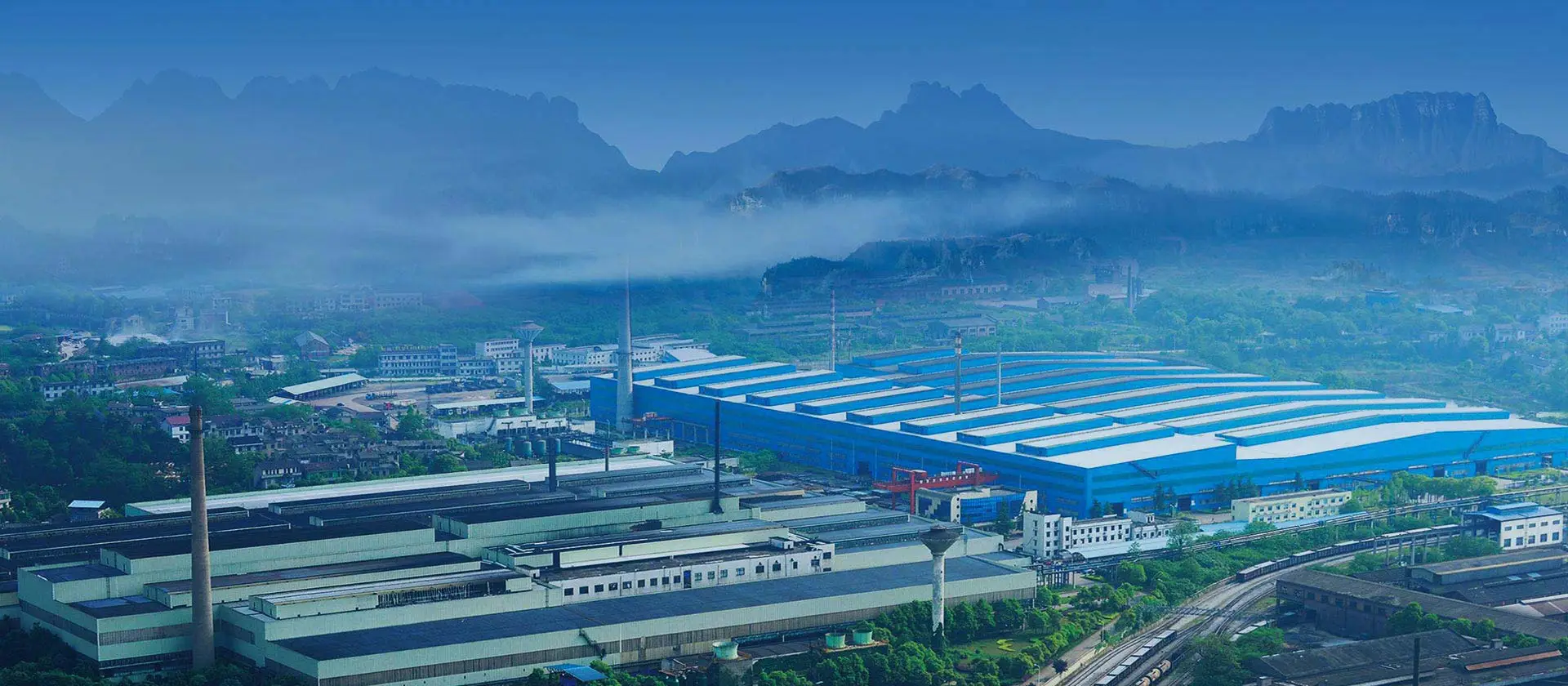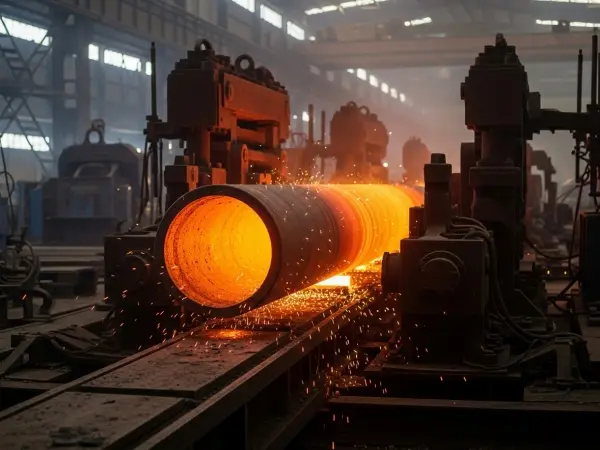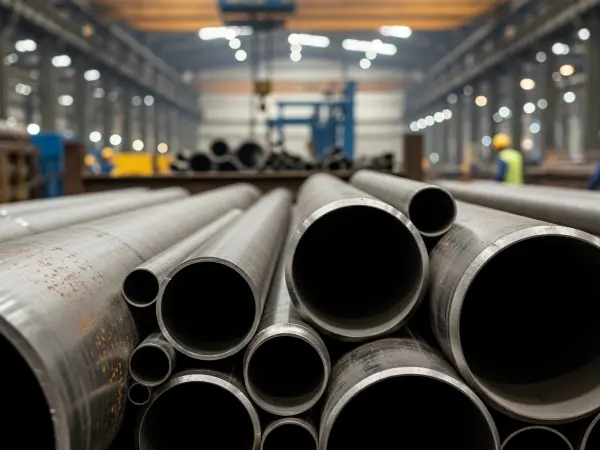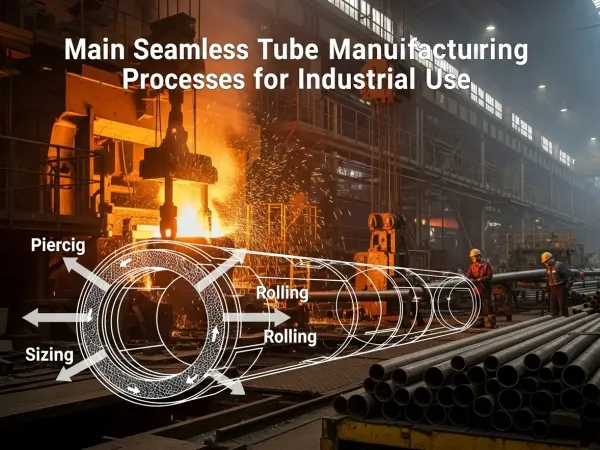
Gas line pipes, especially seamless types, are critical components in transporting natural gas, LPG, and other industrial gases safely and efficiently. However, even the highest-quality gas line pipes can experience issues if not properly selected, installed, or maintained. Understanding the most common failures—and how to prevent them—can save your operation from costly downtime, safety risks, and compliance problems.
Cause:
Gas line pipes made from carbon steel or certain alloys are vulnerable to internal and external corrosion, especially in humid environments or when exposed to corrosive gases.
Prevention Tips:
· Choose corrosion-resistant materials, such as stainless steel or coated carbon steel.
· Apply internal and external anti-corrosion coatings.
· Implement a routine inspection schedule with ultrasonic thickness measurements.
· Use cathodic protection systems for buried pipelines.
Cause:
Improper installation, poor sealing materials, or mechanical damage can lead to leaks. In seamless gas line pipes, leaks often occur at fittings rather than along the pipe body.
Prevention Tips:
· Ensure fittings and flanges meet the same pressure rating as the pipes.
· Use high-quality sealing compounds and gaskets.
· Conduct hydrostatic and pneumatic leak testing before operation.
· Train installation teams on torque specifications for connections.
Cause:
Gas line pipes are subject to repeated pressure fluctuations, which can lead to microcracks and eventual rupture.
Prevention Tips:
· Select pipe thickness according to ASME/ASTM/API standards for your maximum operating pressure.
· Avoid sharp bends or stress points in the pipeline design.
· Regularly monitor for signs of fatigue using non-destructive testing (NDT).
Cause:
Contaminants, rust flakes, or debris can build up inside gas line pipes, reducing efficiency and increasing pressure drop.
Prevention Tips:
· Install filtration systems upstream.
· Flush the pipeline before commissioning.
· Schedule periodic pigging (pipeline cleaning) operations.
Cause:
Certain gases or high operating temperatures can degrade the pipe material over time, especially if the wrong alloy is used.
Prevention Tips:
· Select alloys compatible with the gas composition and temperature.
· Conduct regular chemical analysis of transported gases.
· Monitor for early signs of embrittlement or scaling.
The longevity and reliability of gas line pipes depend on the right combination of quality materials, proper installation, and proactive maintenance. By understanding these common failures and applying the prevention strategies above, industries can minimize safety hazards, extend pipeline life, and ensure uninterrupted operations.
If you’re planning to install, upgrade, or troubleshoot your gas line system, our technical team can provide expert advice, material recommendations, and customized solutions to fit your project requirements. Contact us today to discuss your needs and get the best seamless gas line pipes for your application.


